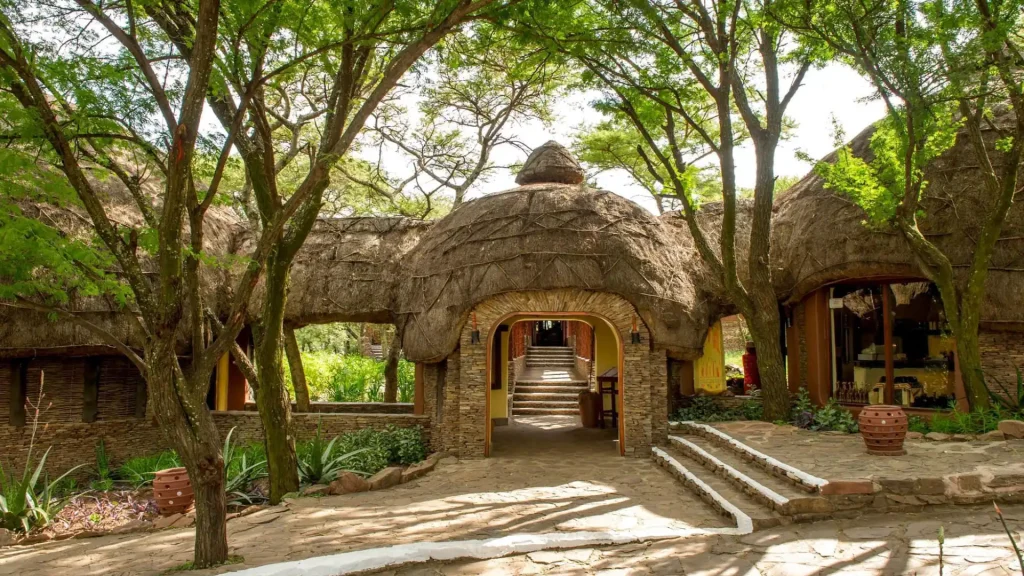
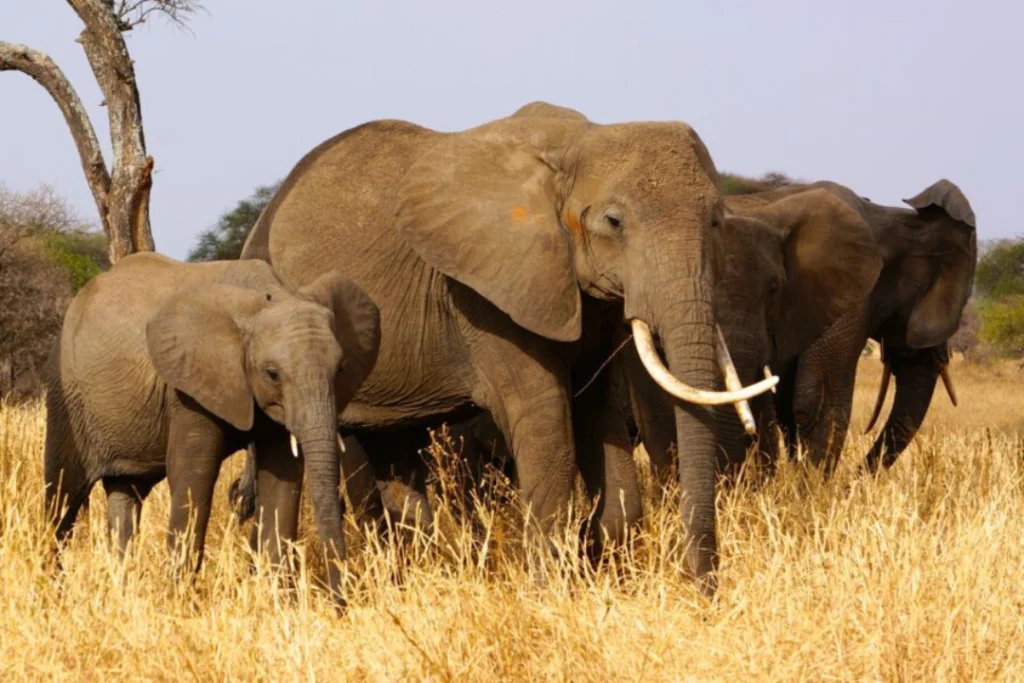
Jairos Adventure stands as your premier local tour operator, dedicated to crafting unforgettable experiences tailored to your exploration desires. About on thrilling adventures with us, as we guide you through the hidden gems and breathtaking landscapes of our region.
Our Office is Located in Arusha, Tanzania, we stand as a distinguished tour operator, boasting extensive expertise in the realm of travel. Our specialty lies in crafting personalized packages for Mount Kilimanjaro treks, exhilarating wildlife safaris across Tarangire, Serengeti, and Ngorongoro, and blissful beach holidays in Zanzibar. With a rich history spanning over five years, we excel in both tailored and scheduled safaris, mountain expeditions, and coastal retreats. Leveraging our profound understanding of the region, we curate unparalleled experiences, ensuring that you’re guided to the most captivating attractions. As passionate adventurers ourselves, we offer comprehensive African tours, thrilling hiking escapades, and immersive wildlife safaris, guaranteeing an indelible exploration of Tanzania’s myriad landscapes and cultures.
Our partner is Safari Booking
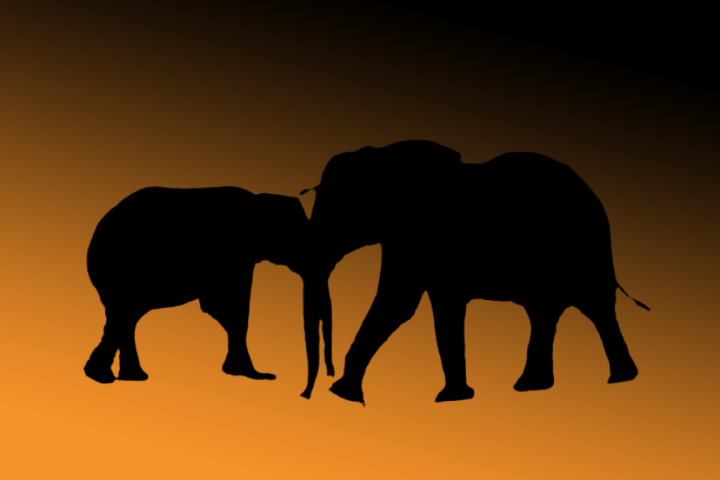

64 / 100 Powered by Rank Math SEO SEO Score
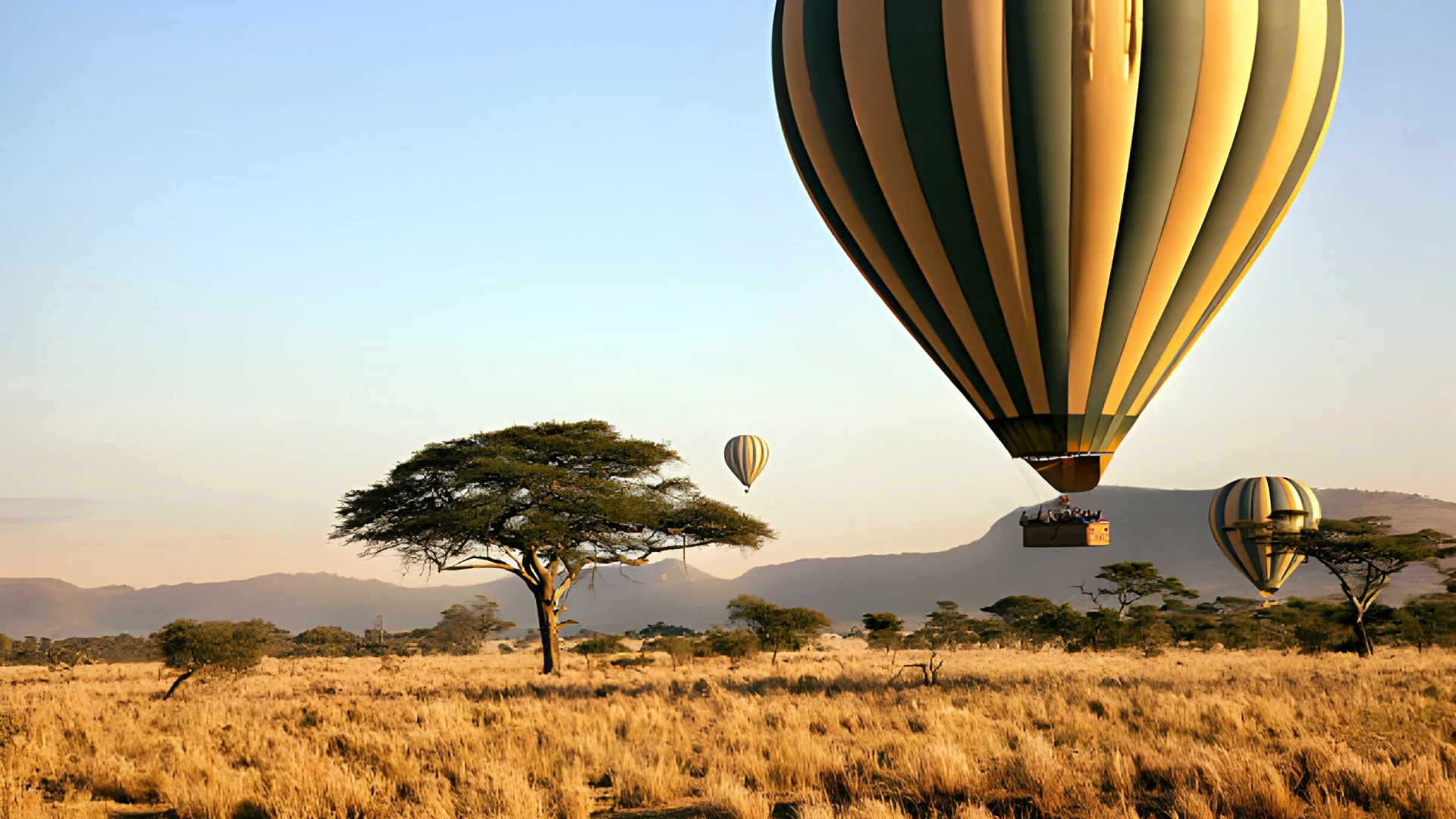
70 / 100 Powered by Rank Math SEO SEO Score
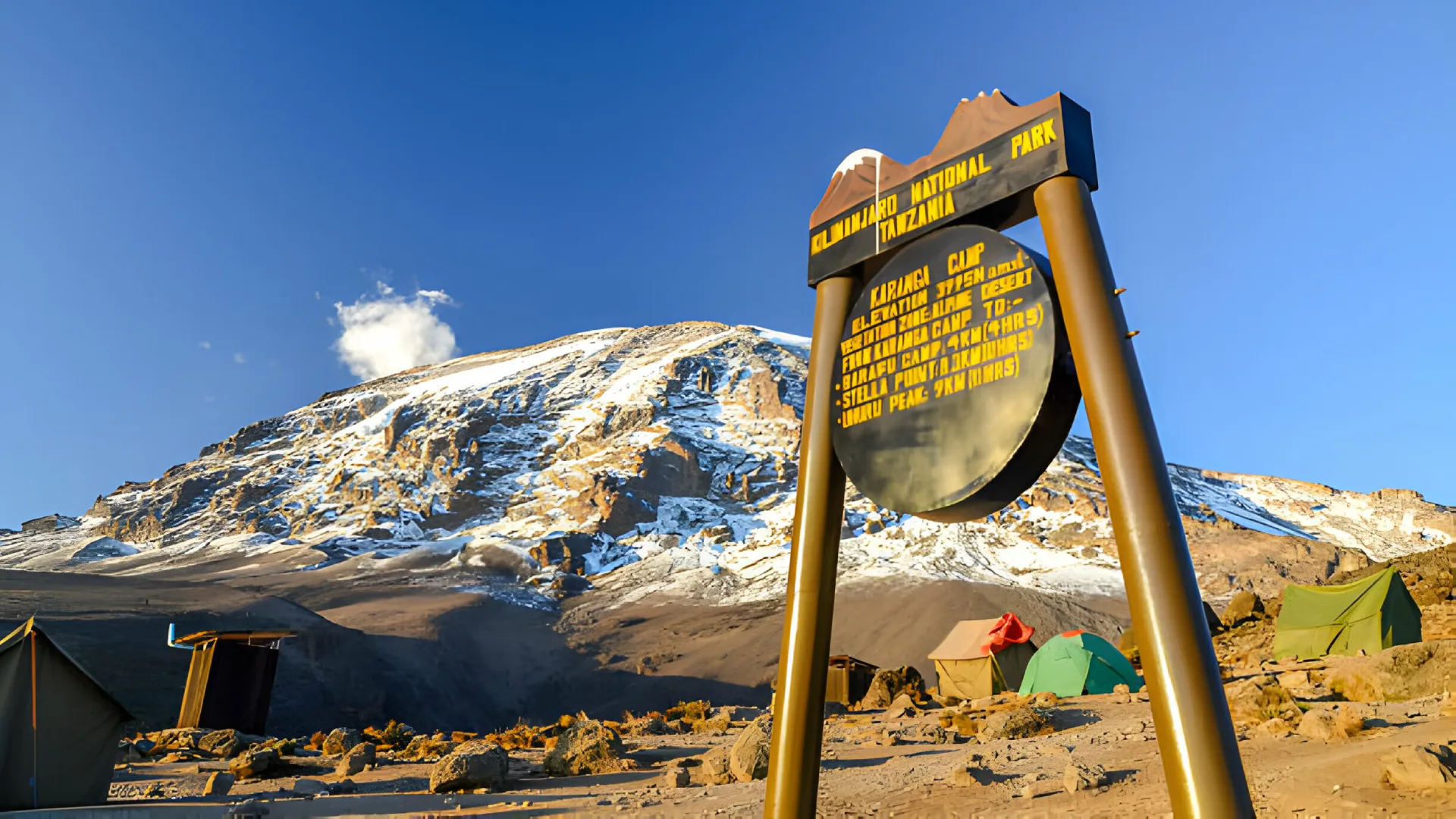
59 / 100 Powered by Rank Math SEO SEO Score
Looking for the perfect balance of adventure, comfort, and affordability? A 4-day mid-range safari in Tanzania is your answer. Whether you’re a first-time traveler or a seasoned safari-goer, Tanzania offers an unforgettable experience, with iconic destinations like Serengeti National Park, Ngorongoro Crater, and Lake Manyara. These parks are home to the famous Big Five—lions, leopards, elephants, buffalo, and rhinos—ensuring you encounter some of the most awe-inspiring wildlife on earth.
Tanzania’s diverse landscapes and rich cultural heritage offer an immersive experience that won’t break the bank. With carefully selected mid-range safari packages, you’ll enjoy comfortable accommodations, top-notch service, and authentic African wilderness—all at competitive prices.
To maximize value, consider booking during the low season (March to May). Not only will you save on costs, but the absence of large crowds makes for a more intimate safari experience.
When booking your safari, choosing a reputable operator is essential for safety and sustainability. With the right guide, you’ll experience Tanzania’s stunning beauty and thrilling wildlife encounters in a way that feels both exciting and responsible.
Ready for an unforgettable adventure? This 4-day safari in Tanzania is the perfect mix of excitement, comfort, and unforgettable memories. Don’t wait—book your journey today!
Our mid-range safari packages are crafted to give you the best of both worlds—value and luxury. From the moment you arrive, you’ll experience comfortable lodgings that combine rustic charm with modern amenities. Whether it’s cozy safari camps or comfortable lodges, we ensure you have a relaxing retreat after a thrilling day in the wild.
Expect top-tier service and expert-guided wildlife encounters as you journey through Tanzania’s most famous parks. Our experienced guides will bring the landscape and wildlife to life, ensuring you get the most out of every moment, whether you’re observing the Big Five or soaking in the stunning views.
What’s more, our affordable packages don’t compromise on quality. You’ll enjoy the perfect blend of comfort, adventure, and value, making it the ideal choice for your African safari adventure.
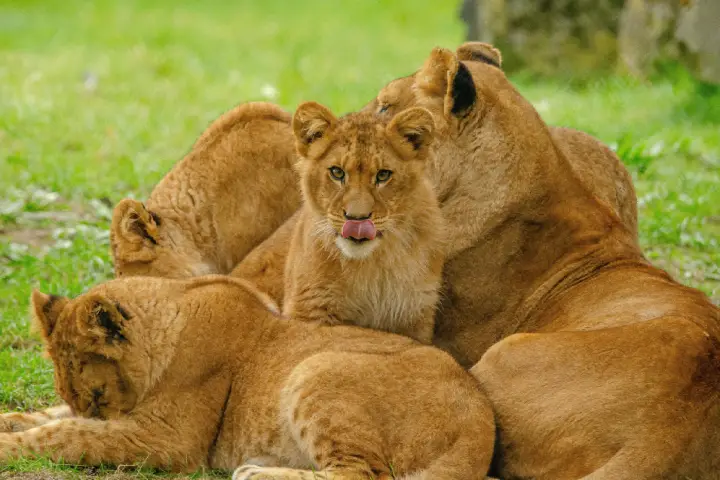
After breakfast, you will be picked up.
Option 1: Drive to Arusha airport or fly from Zanzibar or Dar es Salaam to Kogatende airstrip, followed by a game drive in the Serengeti wilderness.
Option 2: Travel to Serengeti via road near Ngorongoro Crater, allowing for animal sightings along the way. The golden savannah and endless plains, filled with zebras, wildebeest, and giraffes, exemplify why Serengeti is one of the Seven Natural Wonders of Africa.
Serengeti National Park, Tanzania’s oldest and most popular national park and a UNESCO World Heritage site, is renowned for its annual migration of six million hooves across open plains. It offers an exceptional game-viewing experience, featuring great herds of buffalo, elephants, giraffes, and thousands of other species.
After the game drive, you will be transferred to Mara Heritage Camp (Kogatende) for dinner and overnight stay.
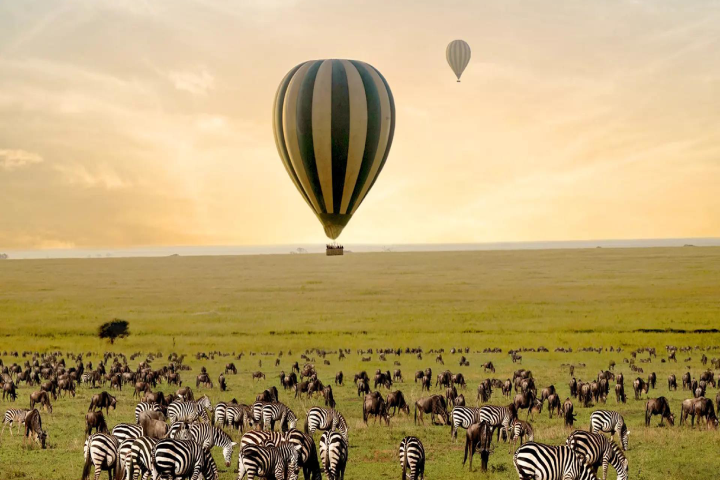
After a hearty breakfast at the camp, spend a full day exploring Serengeti North, observing the great migration and local wildlife, including a pride of up to thirty lions. Enjoy a meal served by your knowledgeable driver guide or return to the camp for lunch, then continue your game drive. In the late afternoon, head back to Nimali Mara for a delicious dinner and a relaxing night.
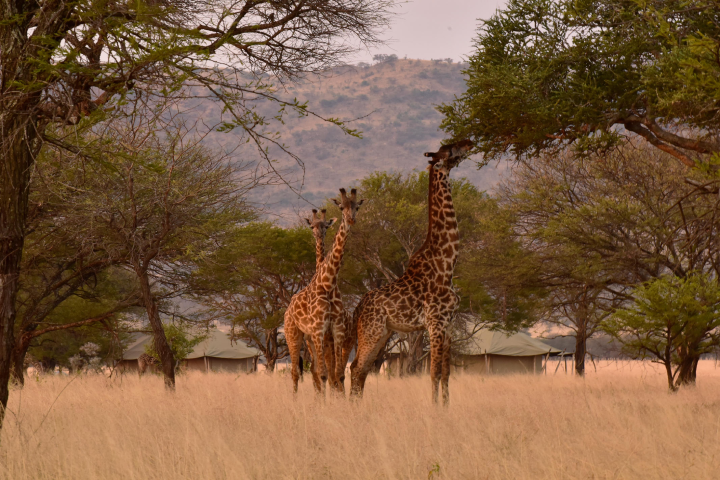
In the morning, we have breakfast at the hotel and then continue to the Mara River crossing for a full day of observing migration, where the herds exhibit their amazing movements. Return to Nimali Mara for dinner and overnight, savoring the unique beauty and wildlife of the Serengeti.
Optional Activity:
Rise early for an unforgettable hot air balloon safari, followed by breakfast.
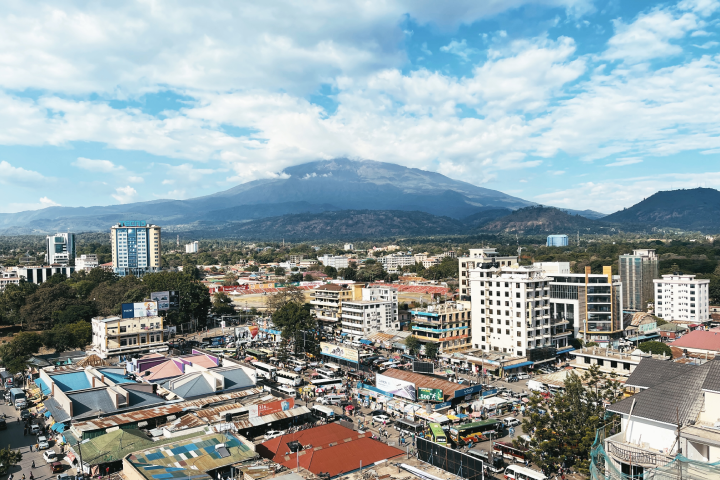
Begin your day with a leisurely breakfast before embarking on a morning game drive as you make your way to Arusha or Kogatende airstrip for your flight back to Arusha. Alternatively, you can proceed to your booked hotel for an overnight stay in Arusha.
As your safari adventure comes to an end, take a moment to cherish the memories of the stunning landscapes, diverse wildlife, and the captivating Mara River crossings.
End of tour.
We hope you’ve had an unforgettable experience with us in the heart of Serengeti National Park. Safe travels, and we look forward to welcoming you back for more adventures in the future!
Planning your 2025 safari adventure? Booking during the low season (March to May) is your ticket to incredible savings. During this off-peak period, you’ll find the best deals on all-inclusive African safaris and mid-range accommodation prices. Not only will you enjoy more affordable options, but you’ll also benefit from fewer crowds, giving you a more intimate and peaceful wildlife experience. It’s the perfect time to explore Tanzania without the usual hustle and bustle—just you, nature, and unforgettable moments.


Ndutu Katikati
Serengeti Serena Lodge
Mara Heritage Camp (Kogatende)
Nimali Mara
Lake Manyara Serena Hotel
Lahia Tented Lodge
Kubu Kubu Tented Lodge
Maramboi Tented Lodge
Mount Meru Hotel
Tanzania’s mid-range safari accommodations offer the perfect blend of rustic charm and modern luxury. After a thrilling day of wildlife encounters, like spotting the Big Five—lion, leopard, elephant, buffalo, and rhino—you can unwind in comfort, surrounded by nature. Our mid-range safari packages provide an authentic, immersive experience that lets you connect with the wild while enjoying a cozy, budget-friendly stay. Whether you’re seeking adventure or relaxation, these safaris offer the best of both worlds.
Ready to experience the adventure of a lifetime? Our 4-day mid-range safari tours are designed to offer unparalleled value and unforgettable moments in Tanzania’s most iconic wildlife destinations. Book now for 2025 and secure your spot on this once-in-a-lifetime journey!
Choose from the List of Our Compiled List of Travel and Customize to your Preferences